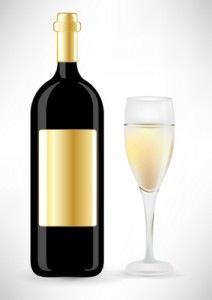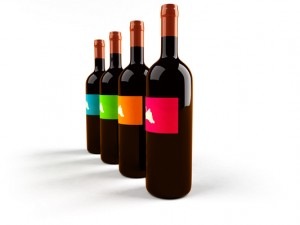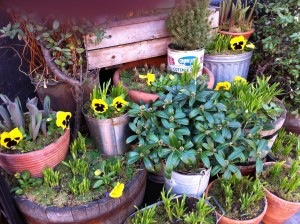 Do you love a glass of wine (or two) with dinner – or maybe some champagne at Sunday brunch or at your friend’s wedding? What about that wonderful, sweet, thick dessert wine to polish off a fantastic meal?
Do you love a glass of wine (or two) with dinner – or maybe some champagne at Sunday brunch or at your friend’s wedding? What about that wonderful, sweet, thick dessert wine to polish off a fantastic meal?
You may have your preferences – most of us do – but whether it’s red, white, dry, sweet, or sparkling, it is really easy to overlook the calories in those long-stemmed glasses.
What Is The Standard Serving Size Of Wine?
A standard portion of table wine (red or white) is 4 ounces. But, how many ounces are really in the glass of wine that you usually drink? Probably five to eight!
So, on average, if 4 ounces of red or white table wine has about 100 calories, you are drinking anywhere from 100 to 200 calories of wine – in one glass. Think about how many glasses of wine and in what size wine glass you drink with a meal.
If you have dessert wine after dinner it’s about double the calories per ounce — although the standard serving is less: usually 2 to 3 ounces. So add on about another 100 to 150 calories for each glass of that smooth dessert wine.
Calories In Wine
So it’s easier to compare, here are the number of calories in one ounce of various wines:
- Champagne: 19 calories
- Red table wine (burgundy, cabernet): 25 calories
- Dry white wine (Chablis, hock, reisling): 24 calories
- Sweet white wine (moselle, sauterne, zinfandel: 28 calories
- Rose: 20 calories
- Port (about 20% alcohol): 46 calories
- Sweet dessert wine: 47 calories

